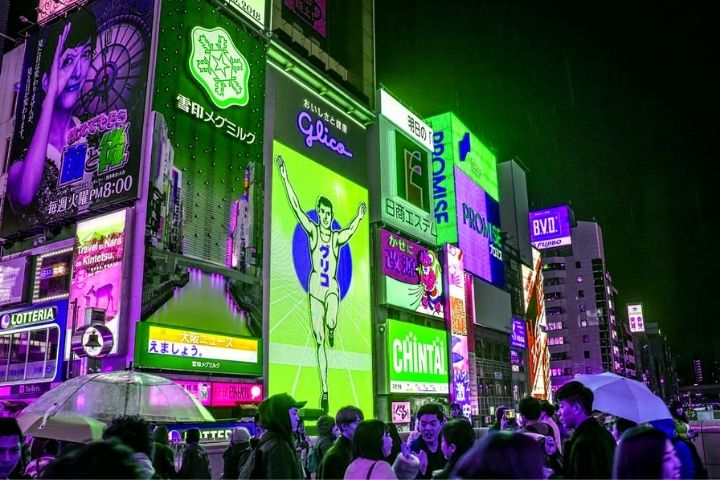Digital Signage : Digital media are used to broadcast interactive and varied content, whether on screen or tablet. This is the reason why many companies or organizations use this technology: banks, branches, supermarkets, hotels, companies and schools. The goal is to make communication optimal and information transparent.
Table of Contents
Companies Use Digital Signage To Modernize
Digital media have an essential role in the field of sales, in sectors such as real estate but also in shopping centers or supermarkets. They make it possible to highlight the various commercial offers in order to attract the attention of the consumer: distribution of ads, display of news of the sector, cultural visits . These digital signages are an information medium for consumers. In the banking sector, for example, they display the evolution of bank rates, the services offered, or even explanations of online procedures to save time.
The application is similar in shopping malls and supermarkets: information and communication are improved. The screens highlight the different promotions, the presentation of products or the various universes of a shopping center. They can also serve as an orientation marker with a dynamic map.
The tertiary sector has also adopted this technology, especially in hotels and restaurants. The screens display photos of the hotel, prices, customer reviews, offers and promotions…They also inform the customer about transport, activities in the vicinity, etc. Restaurants use these screens with a view to modernizing: photos of dishes, menu display, nutritional advice.. Broadcasting videos of food preparation can even reduce customer wait times.
Digital Signage Is Also Useful For Internal Company Communication
Digital media can also be used within the company to improve internal communication. The goal is to rethink communication in its entirety and to offer a modern, clean and minimalist alternative to printed displays. Indeed, it has been proven that the memorization rate is higher with a digital medium (52%) than with a printed display (10%).
This goes through several functions. Calendars can be broadcast on the screens so as not to forget the company’s events, the birthdays of the various employees, etc. This simplifying tool allows, for example, the instant booking of meeting rooms, access to a sought-after department.
Digital displays can also have a motivational function, showing daily quotes, common goals, etc. Displaying the company’s projects and vision strengthens group cohesion and good understanding between employees. Indeed, it is clear that the visualization of objectives and projects greatly helps in their concrete realization.
Finally, digital signage can be used as an information tool: mention of the various social networks of the company, history of the company. It is possible for the company to display news headlines to attract the attention of employees and make the corporate atmosphere more attractive and dynamic.
Through these different functions, digitalization and screens strengthen the commitment and involvement of employees in the company. They give a modern, creative and useful image to this entity. It is an excellent means of differentiation, helping to strengthen the company’s culture.
Organizations Such As Schools May Also Use These Digital Signage
A final function of dynamic displays is to improve presentation and reception, particularly in schools. Placing a dynamic screen at the entrance of a building, school or even a store arouses curiosity and interest on the part of the individual.
Thus, the dynamic displays offer entertainment: display of the local weather forecast, news headlines, but also increased communication on the establishment’s upcoming events, testimonials or even one-off communication (for the holiday season). year).
An application of this technology is in schools and campuses. Schools can equip themselves with such devices in order to relay clear information: available rooms, cafeteria schedules, teacher absences, and even emergency procedures. This is an effective means of communication and creates interaction with students. Reducing the risk of error, optimizing the management of the institution and modernizing the campus are therefore significant advantages of these technologies.
